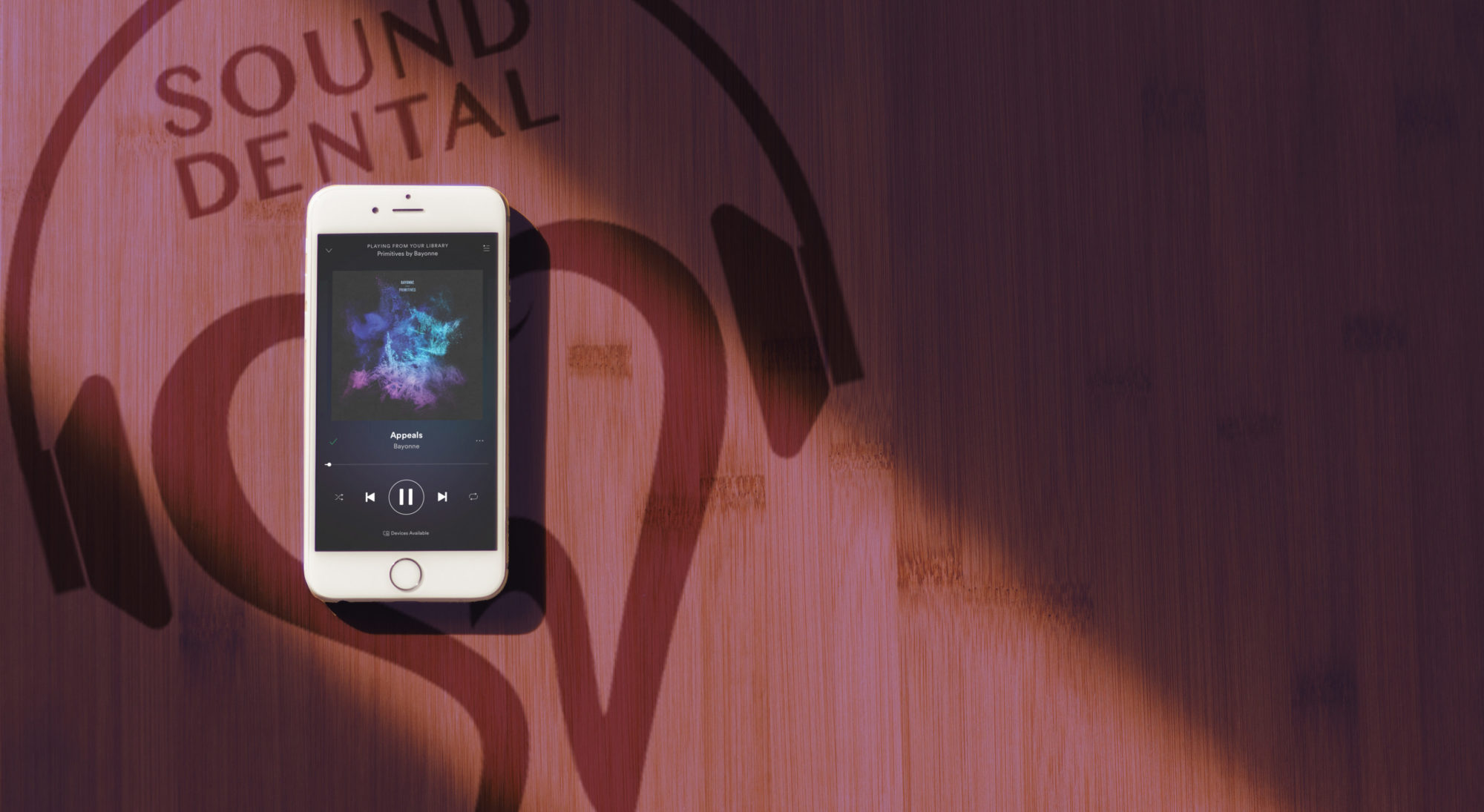
Signs you may need a root canal:
- Severe toothache pain upon chewing or application of pressure
- Prolonged sensitivity/pain to heat or cold temperatures (after the hot or cold has been removed)
- Discoloration (a darkening) of the tooth
- Swelling and tenderness in the nearby gums
- A persistent or recurring pimple on the gums
- Sometimes no symptoms are present
What to expect:
Root canal procedure is performed under local anesthesia.
A clamp and rubber dam are placed on the tooth. It is like protective curtain that helps isolate the tooth and prevent from accidental aspiration of small instruments and liquids.
A small opening is made in the tooth to access the canal and the infected nerve. The nerve is then removed, the canal is cleaned; disinfected; filled and sealed.
What Should I Expect After the Root Canal?
The root canal procedure should relieve the pain you feel. Until your root canal procedure is completely finished, the permanent filling is in place and/or the crown is placed, it is advised to minimize chewing on the tooth under repair. This step will help avoid re contamination of the interior of the tooth and also may prevent a fragile tooth from breaking before the tooth can be fully restored. For the first few days following the completion of treatment, the tooth may feel sensitive due to natural tissue inflammation, especially if there was pain or infection before the procedure.
As far as oral health care is concerned, brush and floss as you regularly would and see your dentist at normally scheduled intervals. The final step of the root canal procedure is application of a restoration such as a crown, to cover and protect the tooth.
Explore Our Services
Root Canals
Root Canals
Signs you may need a root canal:
- Severe toothache pain upon chewing or application of pressure
- Prolonged sensitivity/pain to heat or cold temperatures (after the hot or cold has been removed)
- Discoloration (a darkening) of the tooth
- Swelling and tenderness in the nearby gums
- A persistent or recurring pimple on the gums
- Sometimes no symptoms are present
What to expect:
Root canal procedure is performed under local anesthesia.
A clamp and rubber dam are placed on the tooth. It is like protective curtain that helps isolate the tooth and prevent from accidental aspiration of small instruments and liquids.
A small opening is made in the tooth to access the canal and the infected nerve. The nerve is then removed, the canal is cleaned; disinfected; filled and sealed.
What Should I Expect After the Root Canal?
The root canal procedure should relieve the pain you feel. Until your root canal procedure is completely finished, the permanent filling is in place and/or the crown is placed, it is advised to minimize chewing on the tooth under repair. This step will help avoid re contamination of the interior of the tooth and also may prevent a fragile tooth from breaking before the tooth can be fully restored. For the first few days following the completion of treatment, the tooth may feel sensitive due to natural tissue inflammation, especially if there was pain or infection before the procedure.
As far as oral health care is concerned, brush and floss as you regularly would and see your dentist at normally scheduled intervals. The final step of the root canal procedure is application of a restoration such as a crown, to cover and protect the tooth.

General Dentistry |

Specialized Dentistry |

